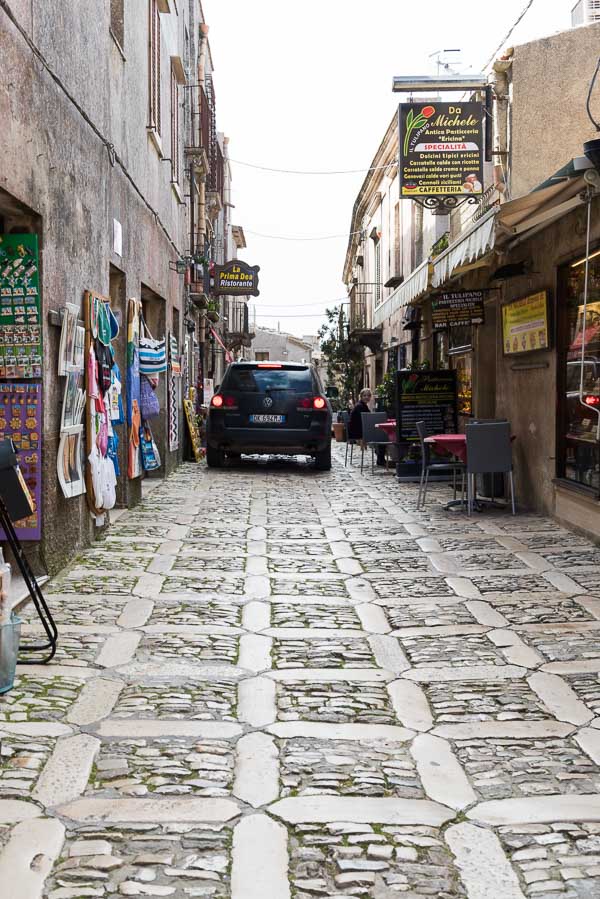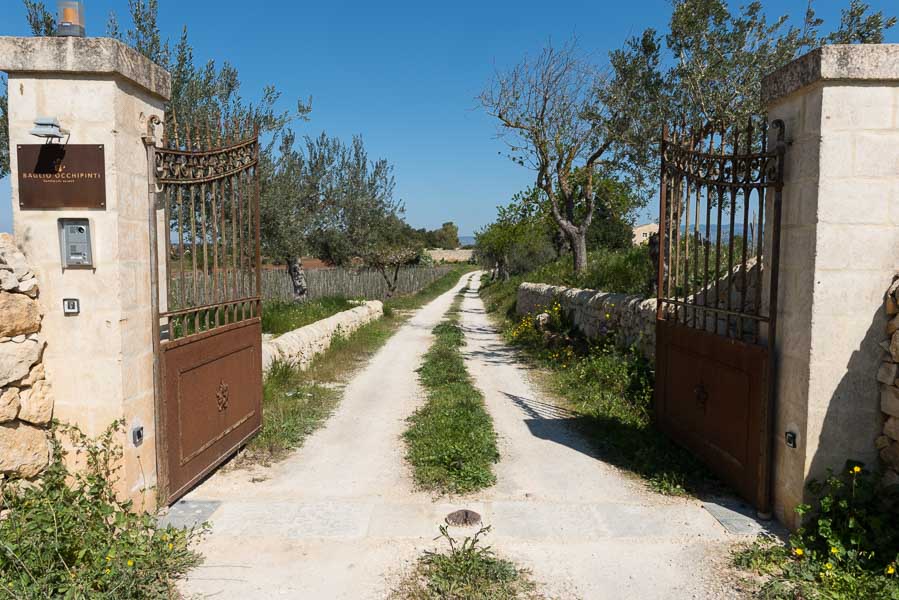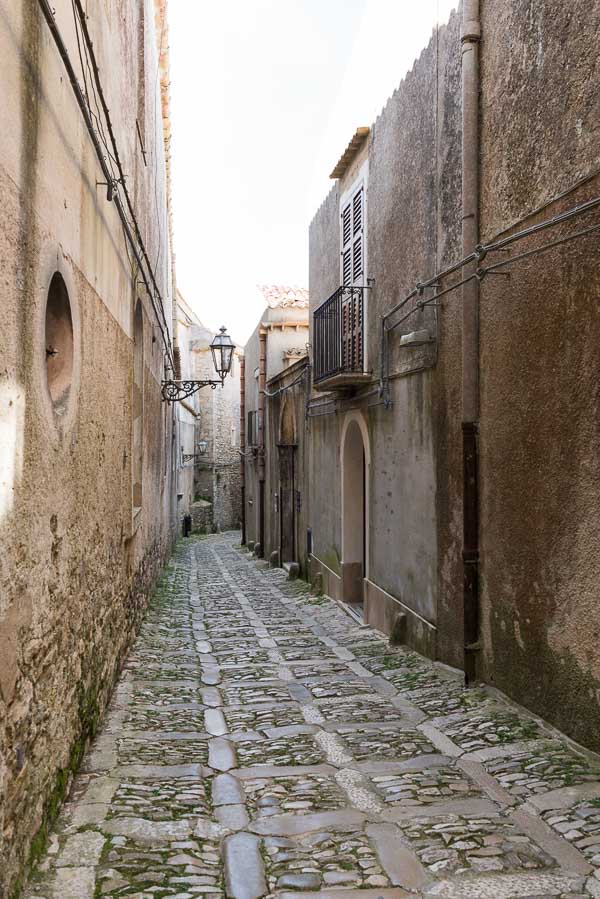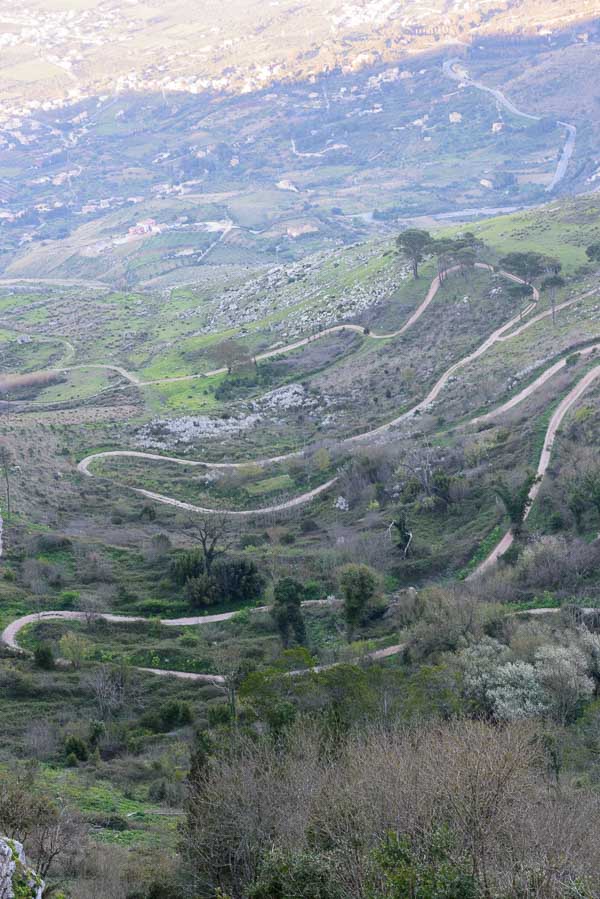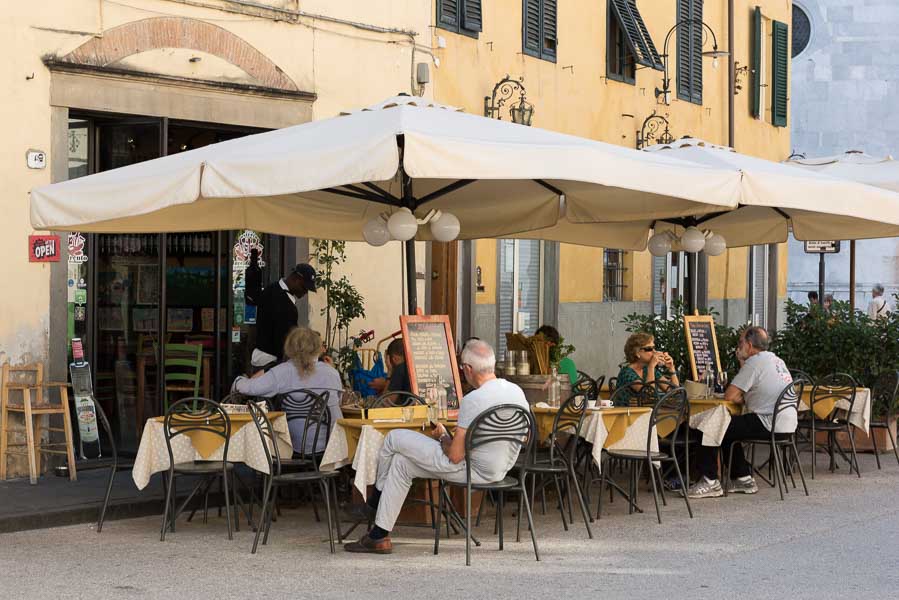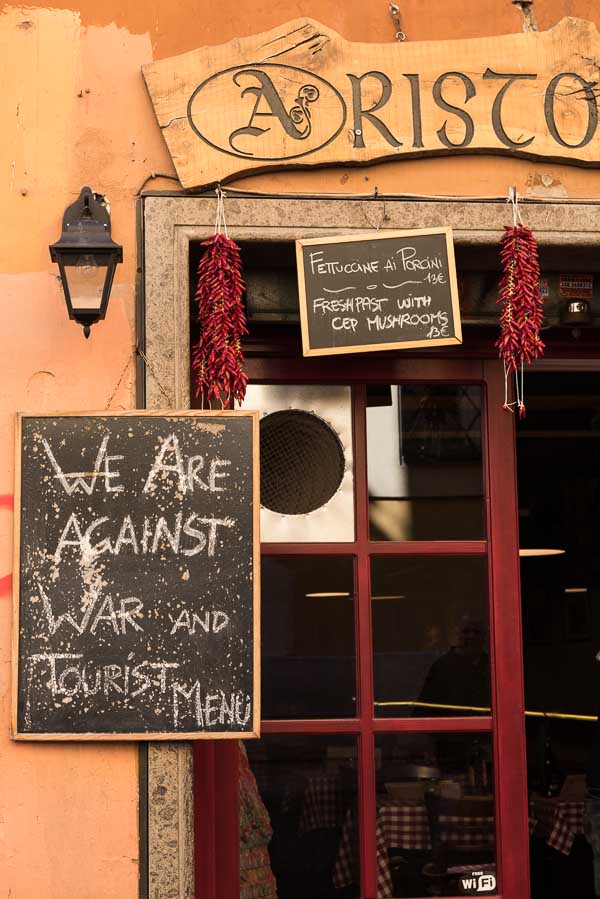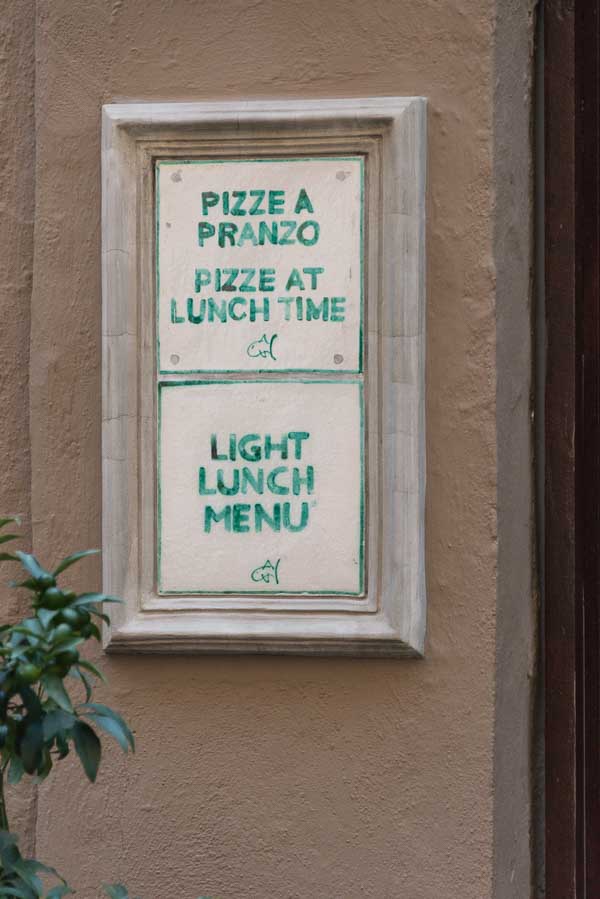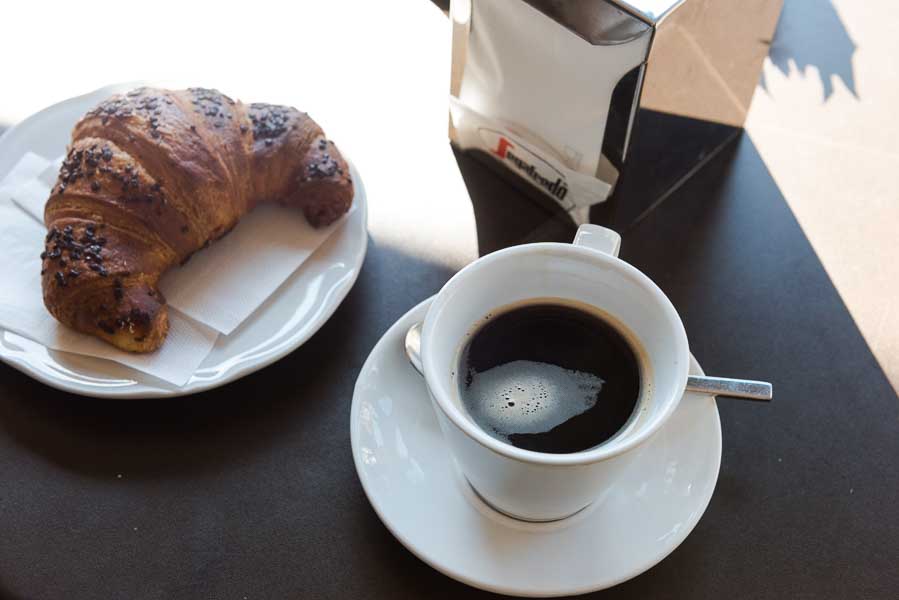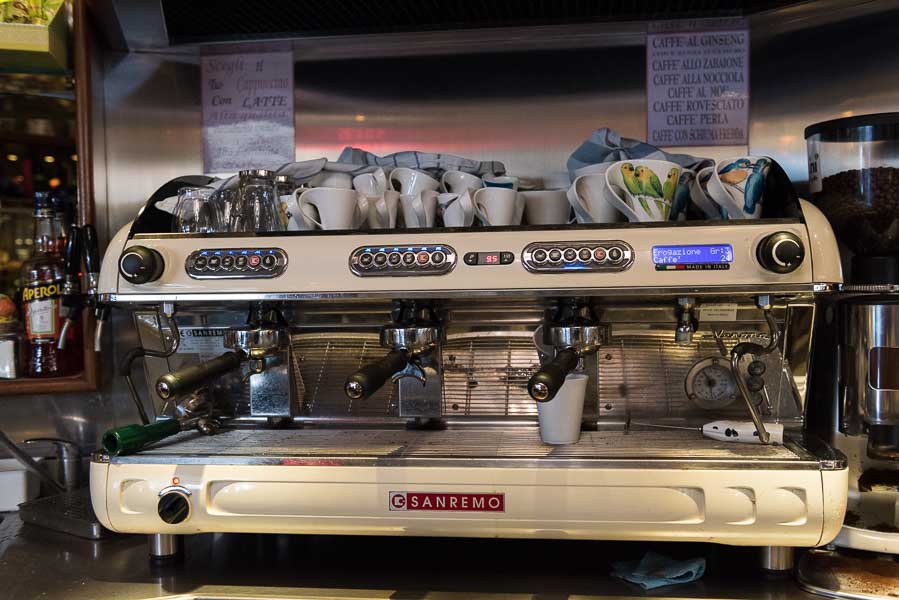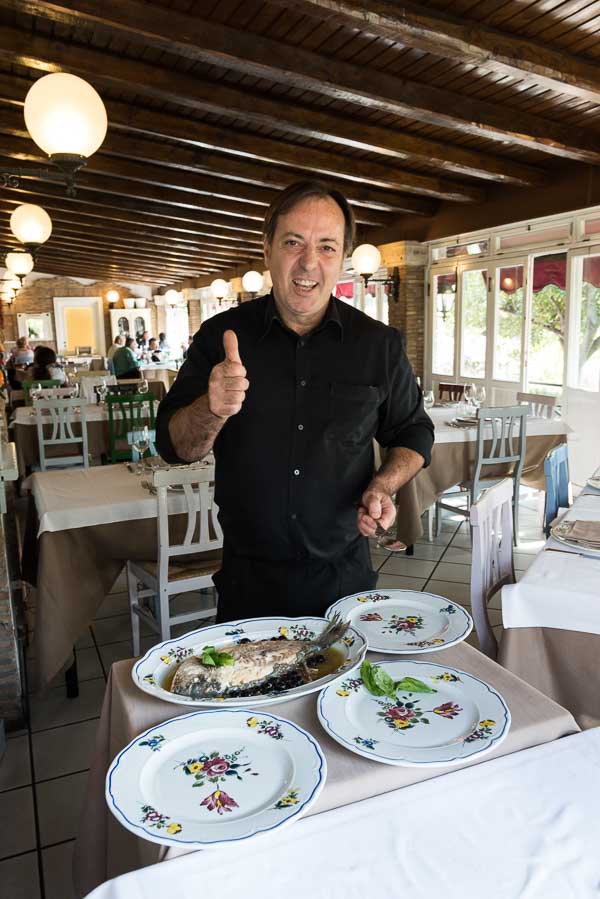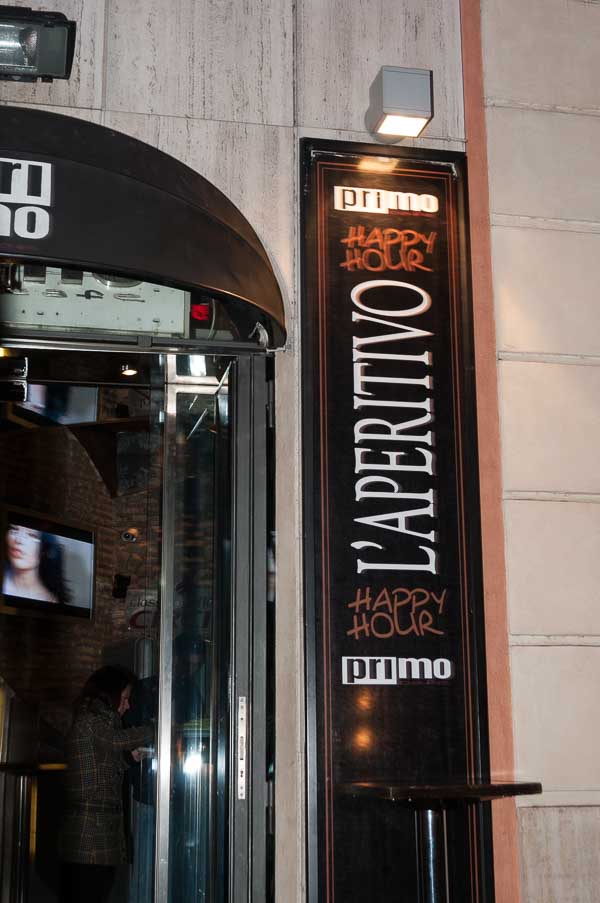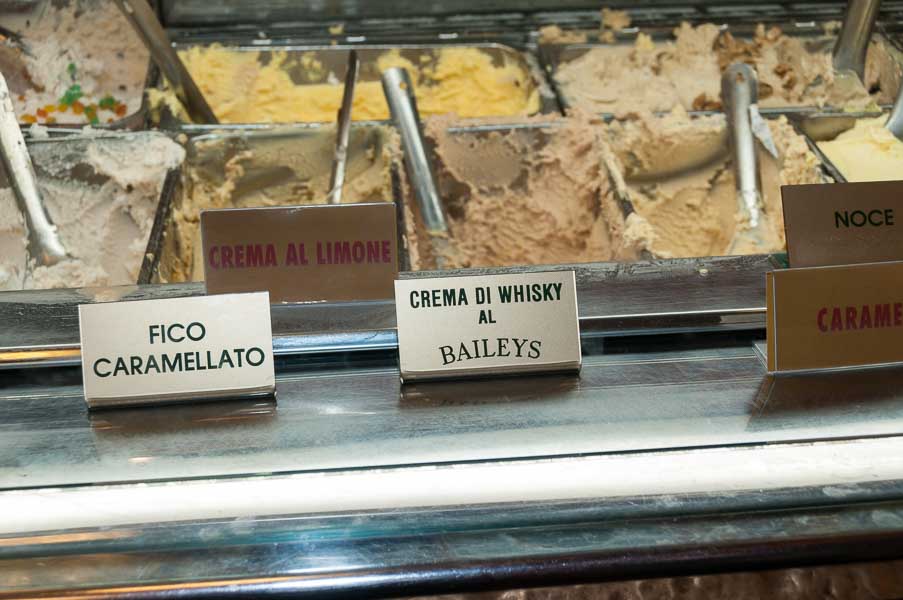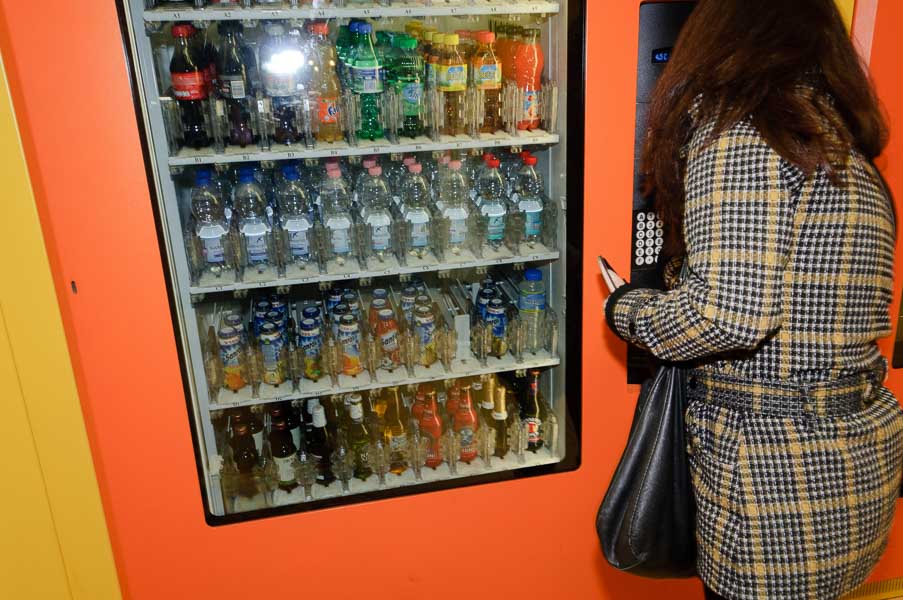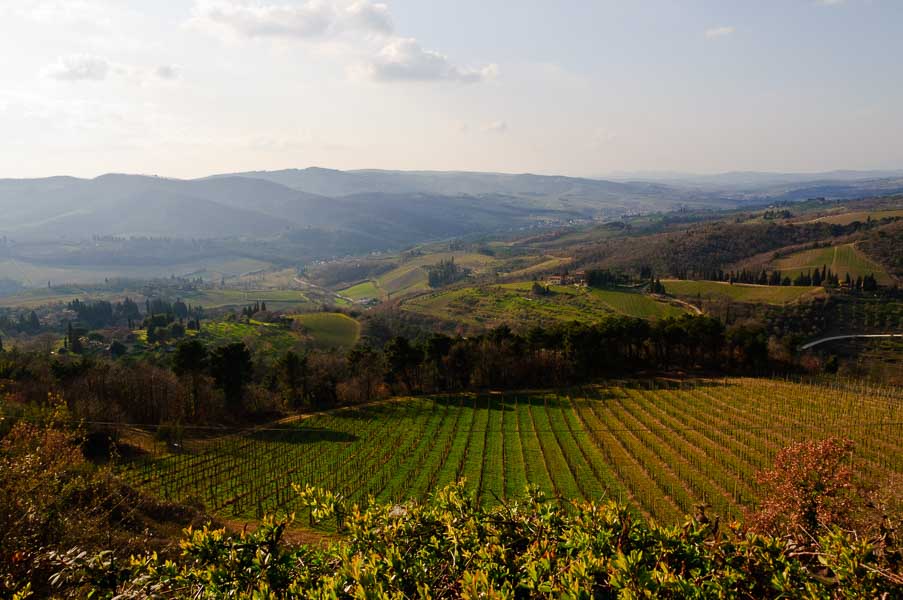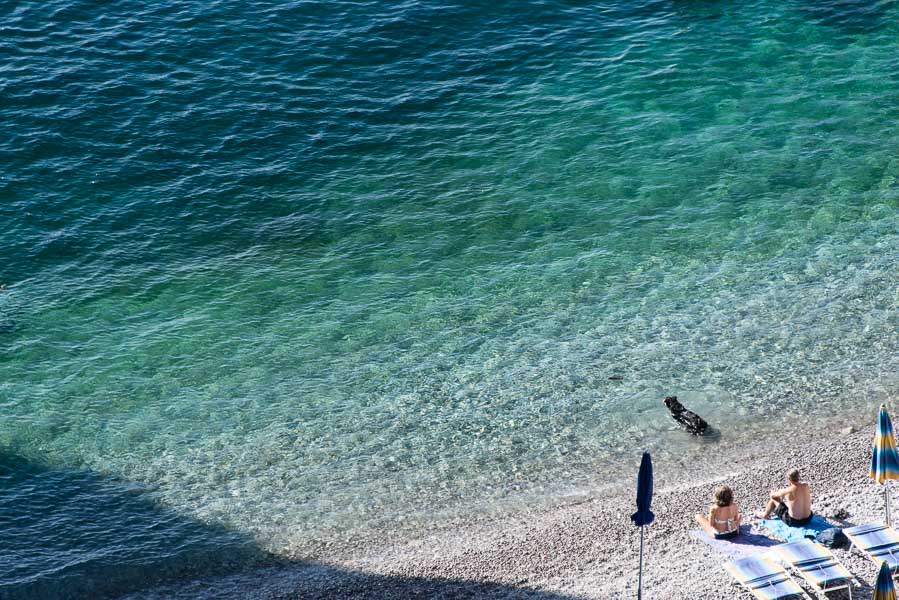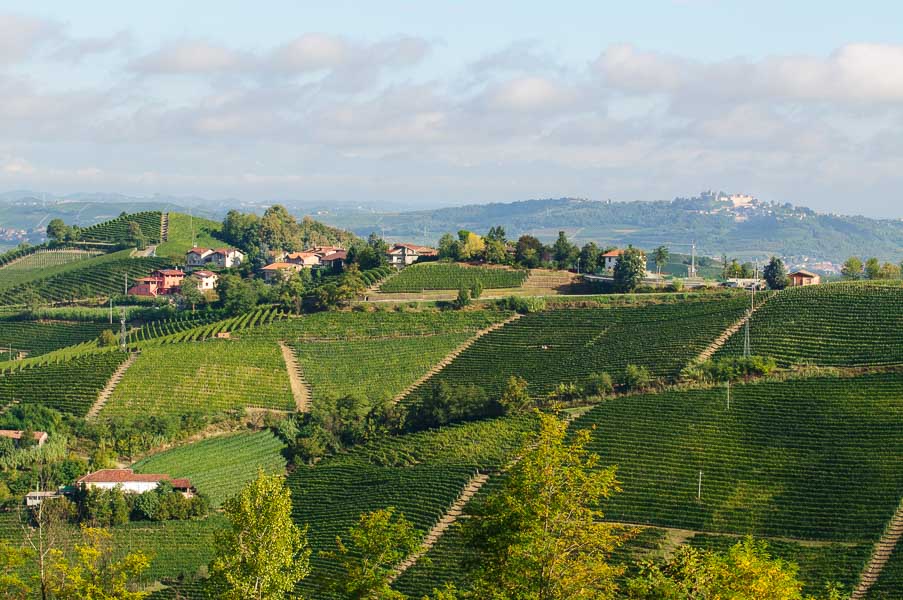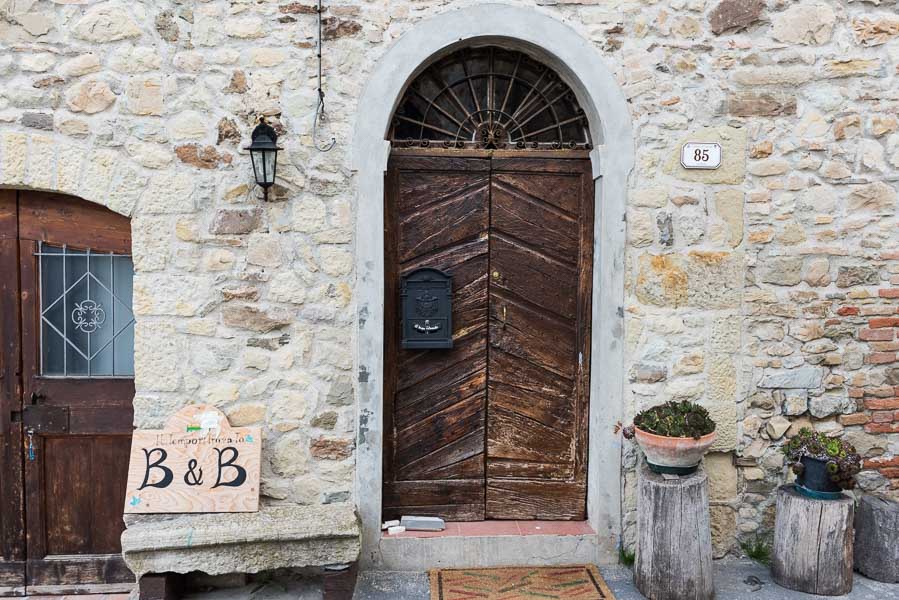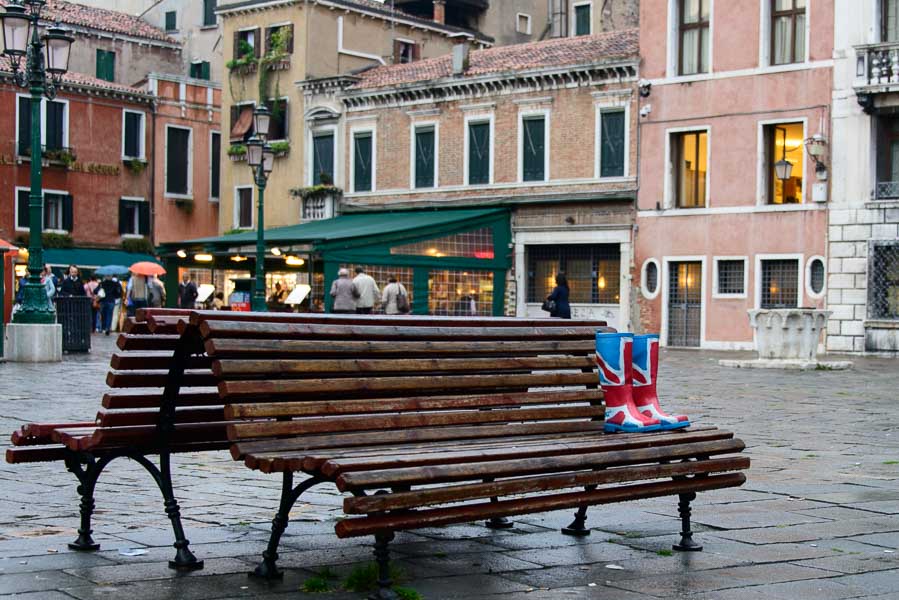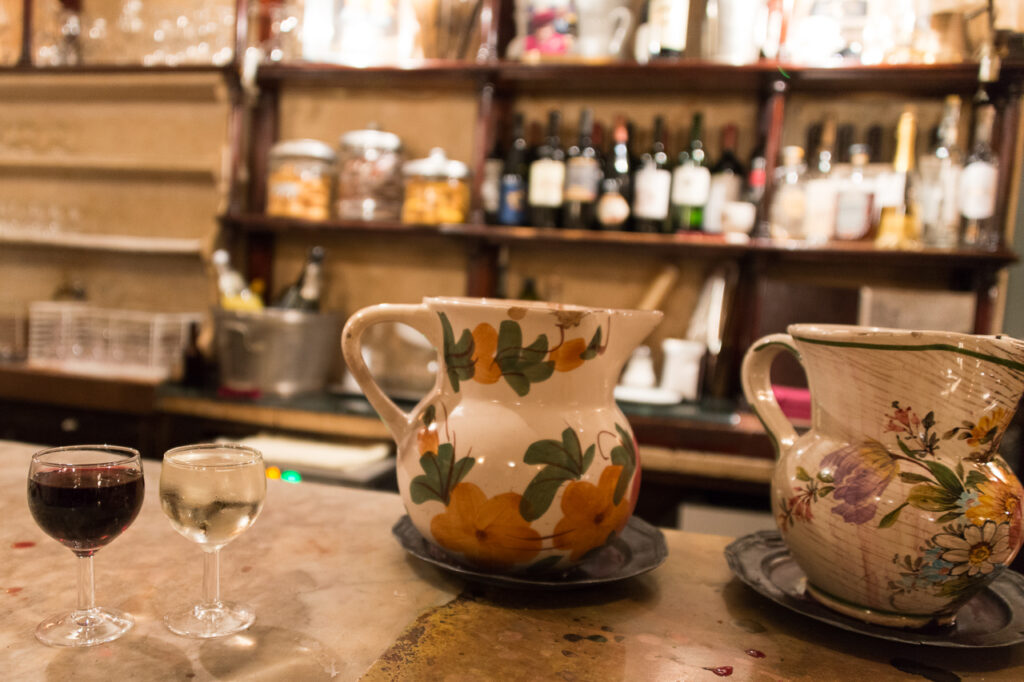When Italians talk about Venice, they roll their eyes upwards wistfully. Then, “Ah. bellissima, ma è molto costosa.” Very beautiful but very expensive.
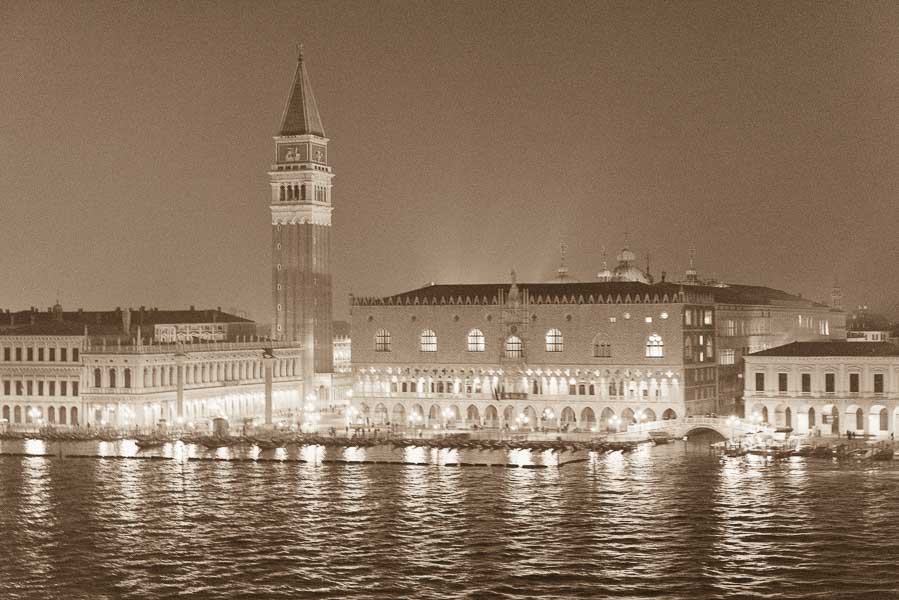
True, compared to many Italian cities, Venice is expensive. But it does not have to be. The city’s secrets are revealed only on a budget and away from the crowd. You could stay in one of the many opulent hotels along the Grand Canal for $1,000 per night, and eat at famous and pricey restaurants, but you won’t get beneath the surface of this enchanting lagoon.
Nicknamed La Serenissima, the most serene, Venice is often anything but serene near San Marco, one of the city’s six districts, and where you’ll find the Piazza San Marco, the Doge’s Palace, the Basilica, and hordes of oblivious selfie-snapping tourists jammed into tight alleys. Don’t sleep, eat, or shop in San Marco if you value your sanity.
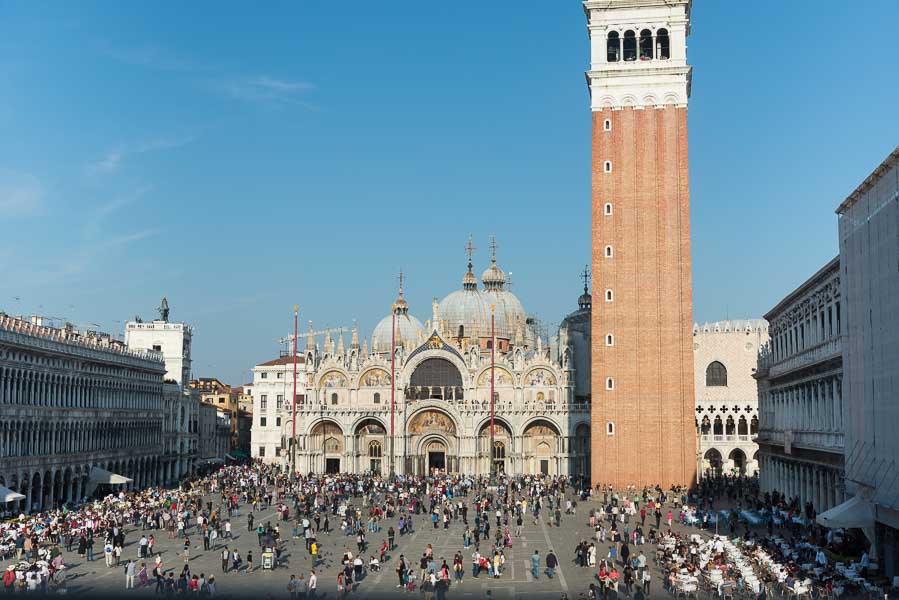
Twenty million tourists visit Venice every year. Go when they don’t. My husband and I went over Thanksgiving five years ago and had the place to ourselves. It was freezing, rainy, and peaceful. In March my daughter and I did not have to wait in line to enter the Basilica. Summers are chaotic. We used to visit the first week in October, over the Chinese National holiday, but I have noticed a dramatic increase in Chinese tourists doing the same thing. Traveling in winter (avoiding Carnevale) is a less expensive and offers a more authentic experience.
Stay near the Campo di San Giacomo dell’Orio, in the Santa Croce district. In the Campo, we enjoy an aperitivo and watch kids play soccer, owners walk their dogs, and neighbors meet. The Coop grocery store on the corner has lengthy checkout lines but anything you’ll need. There’s even a nearby laundromat next to a bar.
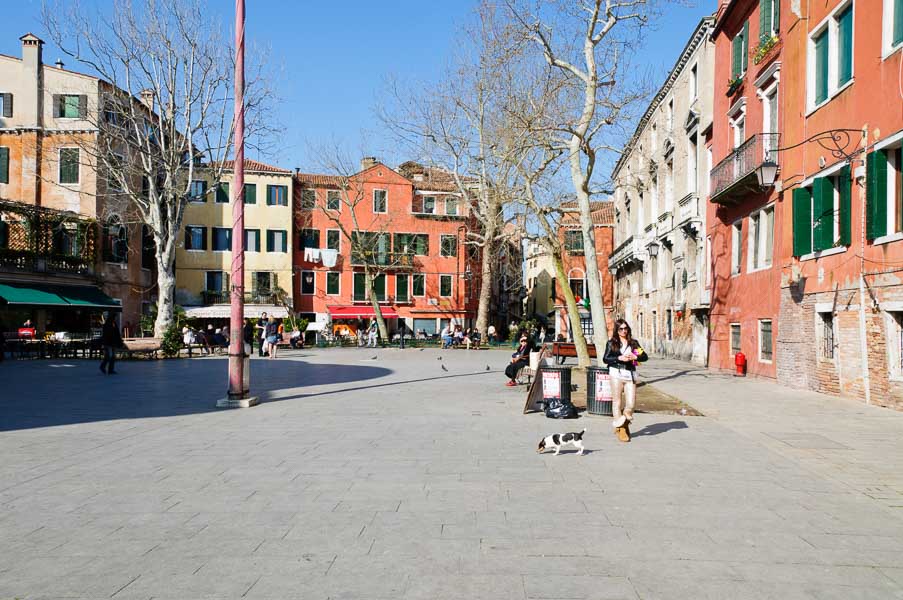
Campiello Zen is an ideal B&B for first-time visitors. The owners, Susanna and Andrea, take you under their wing and introduce you to the Venice they love. They give personalized recommendations for under-appreciated sights and local restaurants to try. They’ll make your dinner reservations, show you how to get around, and ensure your first vacation in labyrinthine Venice is memorable. With only three (albeit gorgeous) rooms though, book well in advance.
Ca’ San Giorgio is an excellent B&B in a recently renovated fourteenth-century building that teems with history.An ancient well dominates the courtyard entrance. Stone walls and wood-beamed ceilings complement tasteful furnishings. Here too, the staff can make reservations, offer suggestions, and arrange transportation. Reserve the junior suite with the altana, a Venetian rooftop terrace. You’ll love the views.
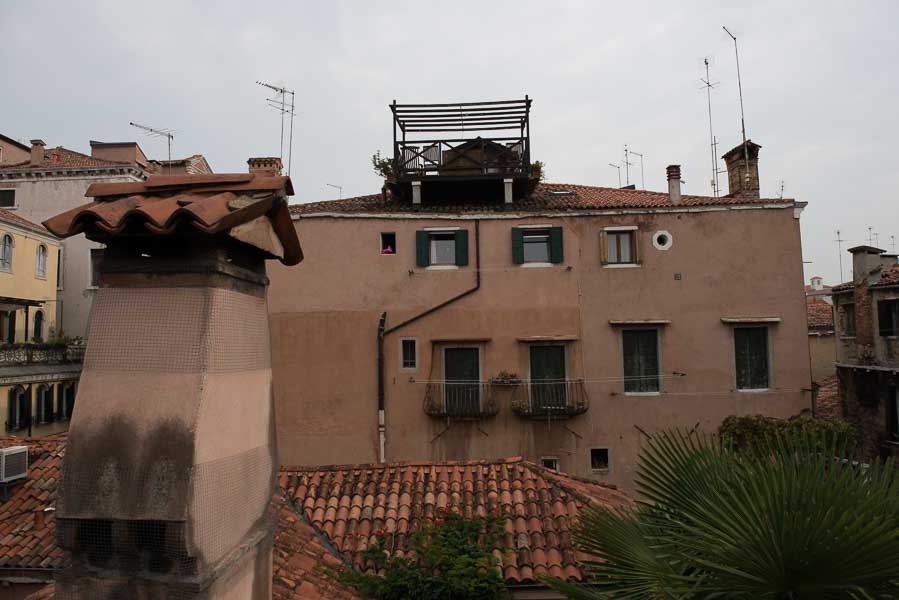
We lived like locals at an Airbnb apartment in Venice with a rooftop terrace on our last visit. It was spacious and well-appointed with a full kitchen and a clothes washer. Our host recommended restaurants and had numerous travel guidebooks available. The price was very reasonable and with a kitchen, you can save on food costs.
Before you leave home, buy a Venezia Unica City Pass online. With a Venezia Unica pass, you can create your own savings for vaporetto (waterbus) tickets, museum entrances, airport transfers, and more. Most important—you can skip the lines at museums!
Arriving in Venice by plane is thrilling; get a window seat to see the lagoon from above. To reach Venice from Marco Polo airport, you have a few options. All of them can be arranged in the arrivals hall at ticket counters or by machine.
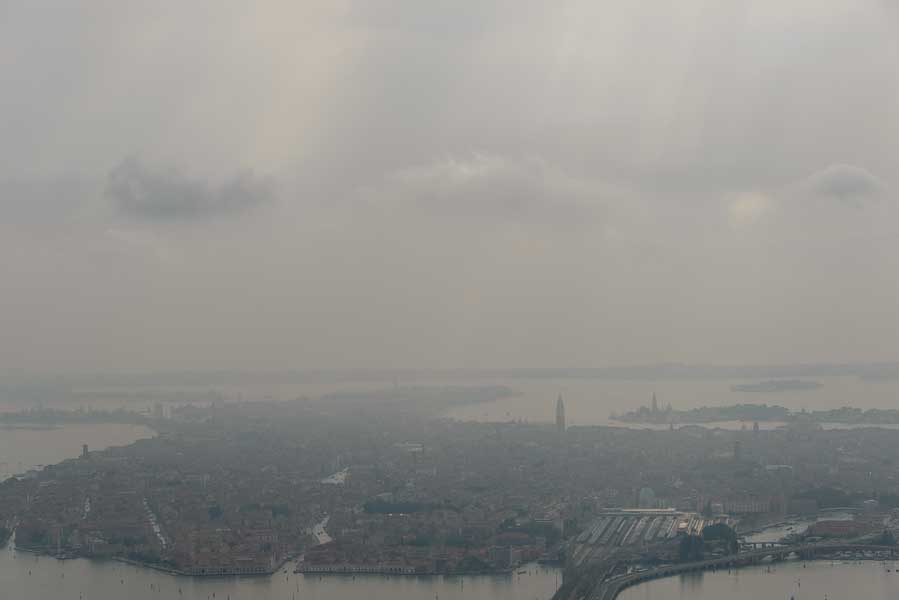
A bus is the cheapest—but take the ATVO express to Piazzale Roma, it takes about 25 minutes. The ACTV bus #5 makes 17 stops! From Piazzale Roma, you can take a vaporetto anywhere in Venice.
A car taxi can also bring you to Piazzale Roma. It costs about € 40. Venice does not have Uber.
Alilaguna ferries operate four routes from the airport docks to a variety of stops around the city that may be convenient for you. Tickets can be purchased online or at the arrivals hall.
A water taxi is the most expensive but an exhilarating way to arrive. The fresh air is a jet lag antidote and you’ll feel like a rockstar. Expect to pay around € 90. It will not take long to get to your destination! Pay at the counter in the arrivals hall and your sleek boat will be waiting when you get to the docks.
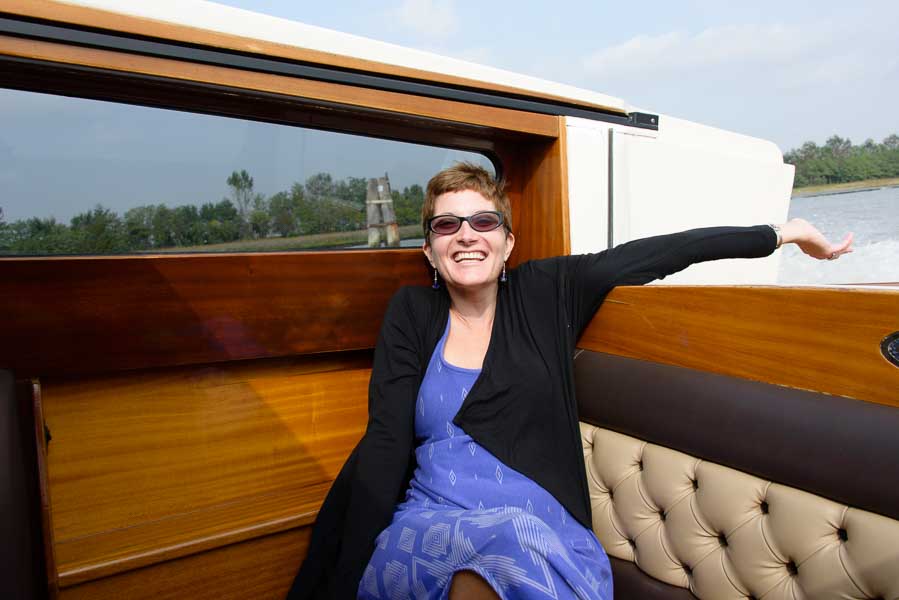
We always eat our first meal at Muro San Stae. A short walk from our B&B, Muro’s delicious pizzas are reasonably priced and gondolieri often lunch here! It is open continuously so we don’t have to rush to get here during lunch hours. Try the dessert wine with cookies to dip. (Read more about dining in Italy here.)
Speaking of wine, order a mezzo litro (half liter) or un litro of the vino della casa. It will taste great and cost less than a bottle. Italians love bottled water but tap water is safe to drink. To save a few euros you could request acqua al rubinetto. Bring an empty water bottle to fill from the many fountains throughout the city.
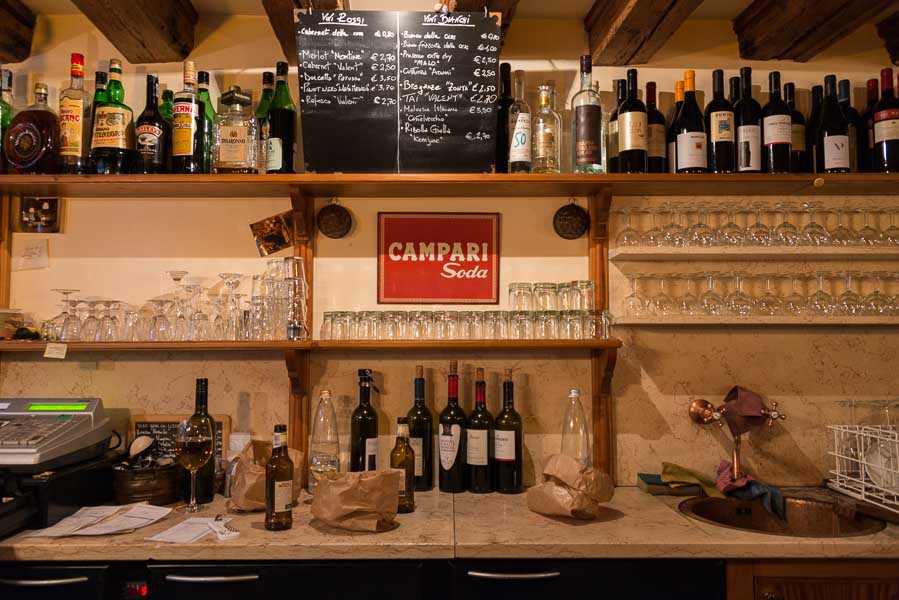
Our favorite restaurant in Venice is La Bottega Ai Promessi Sposi in Cannaregio. Almost everything in Venice is hidden, but Ai Promessi Sposi is a treasure worth seeking. At dinnertime, look for people standing outside eating meatballs. Make your way through the friendly crowd to the packed bar area. Heavy wood tables, hand-written menus, and bread served in paper bags add to the friendly atmosphere. The staffers are excellent at recommending what to order. Their fish, meat dishes, and pastas are all fantastic. The portions are large so you can share. (Uno per due.) Reservations are essential for dinner. (They don’t have a website. Call +39 041 241 2747)
Just off the Campo di San Giacomo dell’Orio, il Refolo is superbly located along a quiet canal. Open for lunch and dinner, it’s a wonderful place to eat outside and watch real-life Venice unfold. Run by the same family who own the famed (and expensive) Da Fiore, il Refolo’s pizzas are top-notch and affordable. Their penne is consistently the best I’ve had, and their grilled sea bream was perfection. With limited seating indoors, make a reservation. (No website. Call +30 041 524 0016)
If you get tired of seafood, reserve a table at La Bitta, just off the Campo San Barnaba in Dorsoduro. Their meat and seasonal pasta dishes are exceptional. In a small space with low wood-beamed ceilings, paper placemats, and hand-written menus posted on easels, the ambiance is friendly and unpretentious. Our server made excellent recommendations, and they also have a diverse wine selection. Bring cash-they don’t take credit cards. (+39 041 523 0531)
Ristorante Vinaria in San Polo was our lunchtime escape from the teeming masses in San Marco. Along the Riva del Vin, Vinaria has a peaceful courtyard and outdoor tables along the canal. Large windows give it an airy feel. Fresh, high-quality ingredients were artfully prepared. The scallops were a particular treat. Also open for dinner, I think it would make a good “date night” spot.
At least one evening, enjoy cichetti, the Venetian version of tapas. Meatballs, sandwiches, vegetables, crostini, cured meats, fresh seafood and more can all be had for around € 1-4 each starting at around 6 PM at a neighborhood bars and restaurants. Cichetti are usually eaten standing by the bar and accompanied by a glass of inexpensive local wine. Alla Vedova in Cannaregio is our favorite for € 1 meatballs and wine.
Hop on the waterbus to the church of San Giorgio Maggiore and take the elevator to the top of the bell tower. The views are stunning and it’s much less crowded than the Campanile di San Marco.
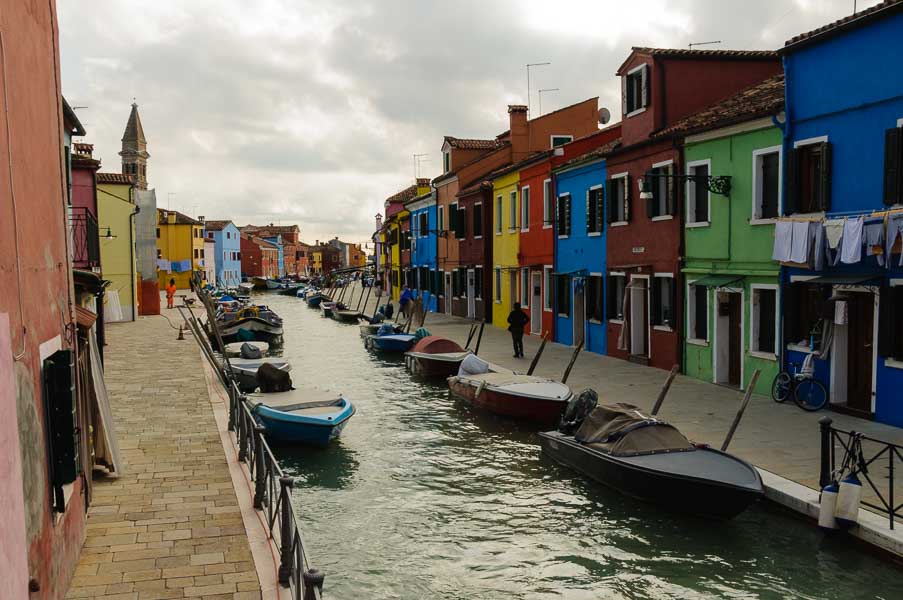
Rather than contend with congestion on the glass-blowing island of Murano, go to picturesque Burano, which has a rich history of seafaring and lacemaking. Enjoy fresh seafood and my favorite “S” cookies dunked in dessert wine at one of the many local restaurants.
At the I Frari church in Dorsoduro you can see artworks by Titan, Bellini, Canova with hopefully little company. Venice has an ever-changing art scene. Check the Venezia Unica website or ask when you arrive what exhibits are on display.
Ride the vaporetto 1 line down the Grand Canal at sunset. The buildings shimmer, lights reflect in the water, and when it gets dark, you can peek into the palazzi that front the canal.
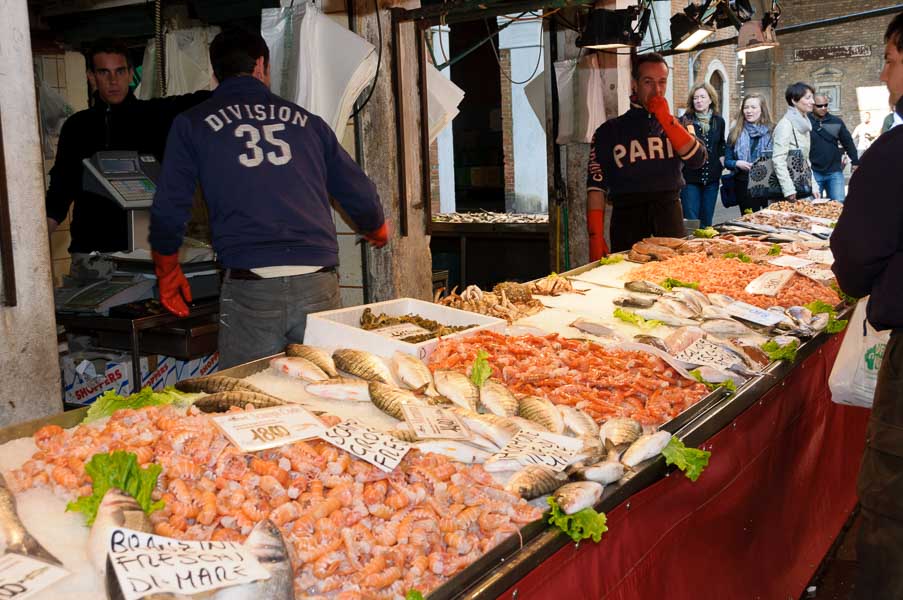
Go to the Rialto fish market in early morning to see the spectacular array of fresh fish and produce.
If it’s not the Venice Biennale, the large Giardini Pubblici in Castello is a welcome retreat and the largest green space in Venice. Alternatively, the Giardinetti near the Piazzeta San Marco can be blissful in the off-season.
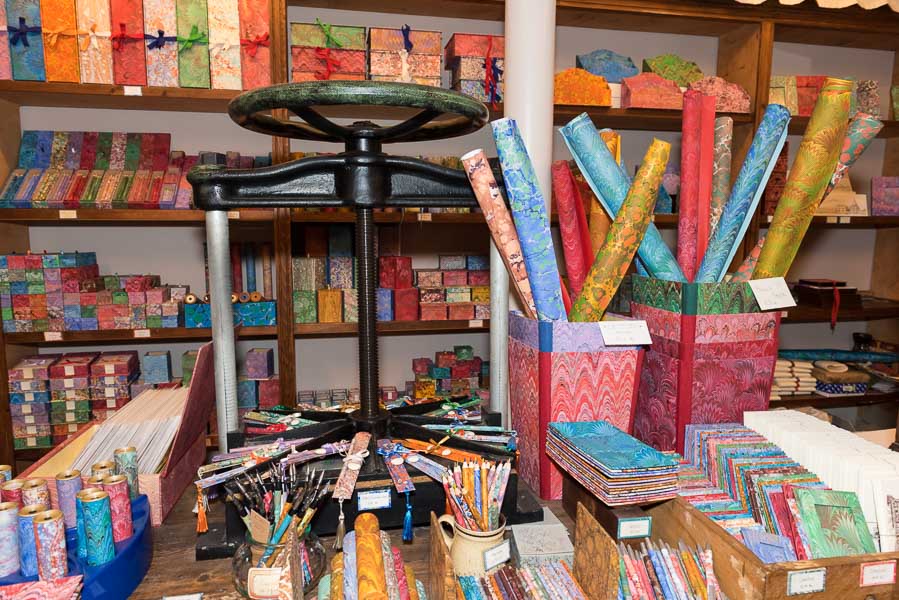
For gorgeous hand-bound journals, stamps, and stationary visit Paolo at il Pavone di Pelosin Paolo in his colorful shop. He’ll show you the back room where he dries his hand-decorated papers, the press on the display table, and how he binds his books. They make unique and beautiful gifts. Campiello dei Meloni in San Polo, 1478.
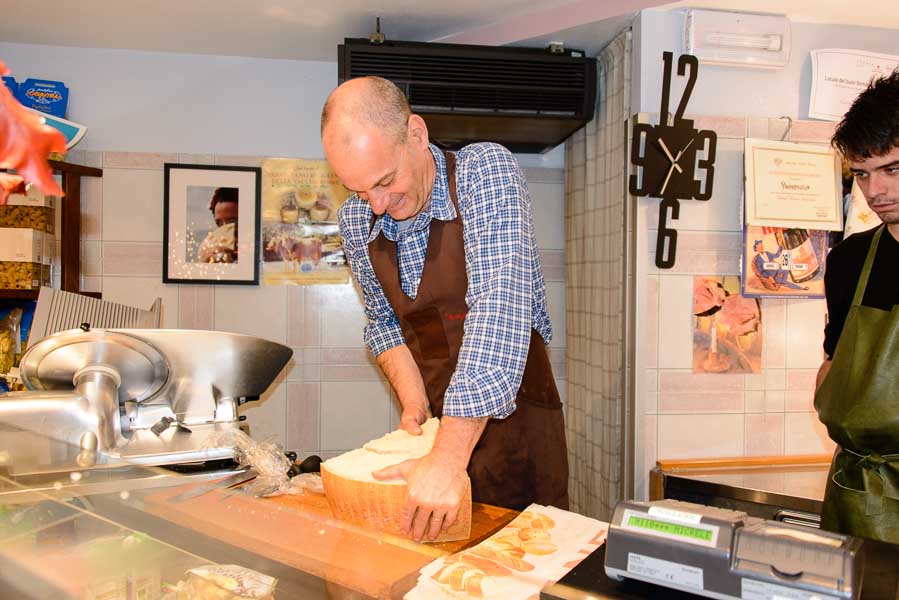
Pick up the fabulous Parmigiano Reggiano Vacche Rosse at Il Pantagruelica where Toni will give you a sample and package it for shipping. He also carries cured meats, notable wines, balsamic vinegars, truffles in season, and other local specialties to take home. His shop is in Dorsoduro near the Campo San Barnaba.
Get out of town and visit the Prosecco wine region! We met Chiara, owner of Prosecco di Marca at the train station in Conegliano, a one-hour ride from Venice. She took us to visit two excellent wineries where we got private tours and tastings, one of which was in an old wine barrel among the vines. Her knowledge and insider access gave us a much better experience than if we’d gone on our own.
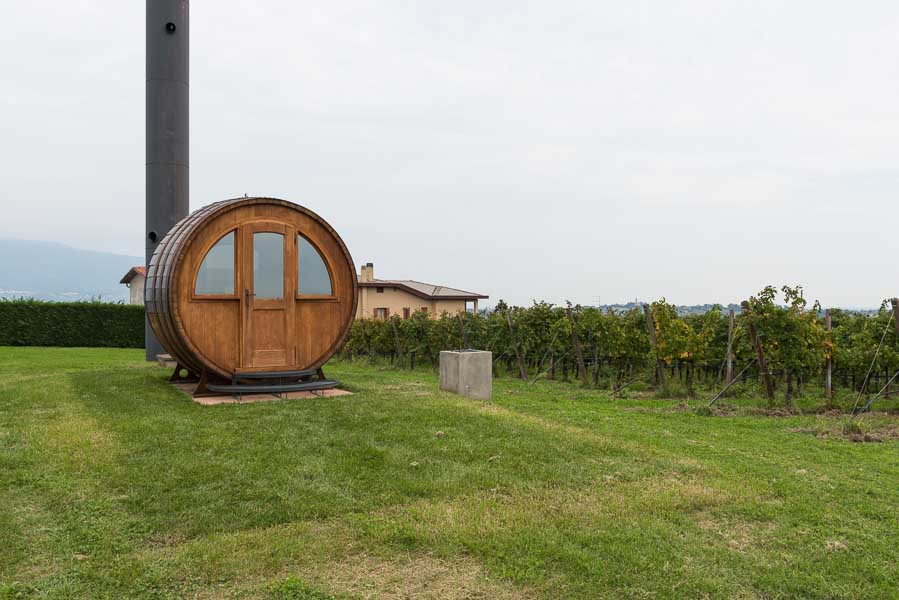
The roughly 60,000 residents of Venice are, for the most part, friendly and tourist-tolerant. However, in the seven years I’ve been visiting, visitor misbehavior is rising. Do not throw anything in the canal! Do not feed the pigeons. Don’t get me started on selfie-sticks. (They’re a great way to fall in the canal!) Help people carry baby strollers over bridges. Leave the golf umbrella at home, use a small one. Walk on the right side. Do not picnic on church steps. Use your inside voice.
Bring a good map but definitely get lost wandering the calli (alleys) and sotoportegi (covered passageways). Venice’s delights are discovered on a detour. Don’t try to see everything in one weekend. Travel slower and you’ll travel deeper.

